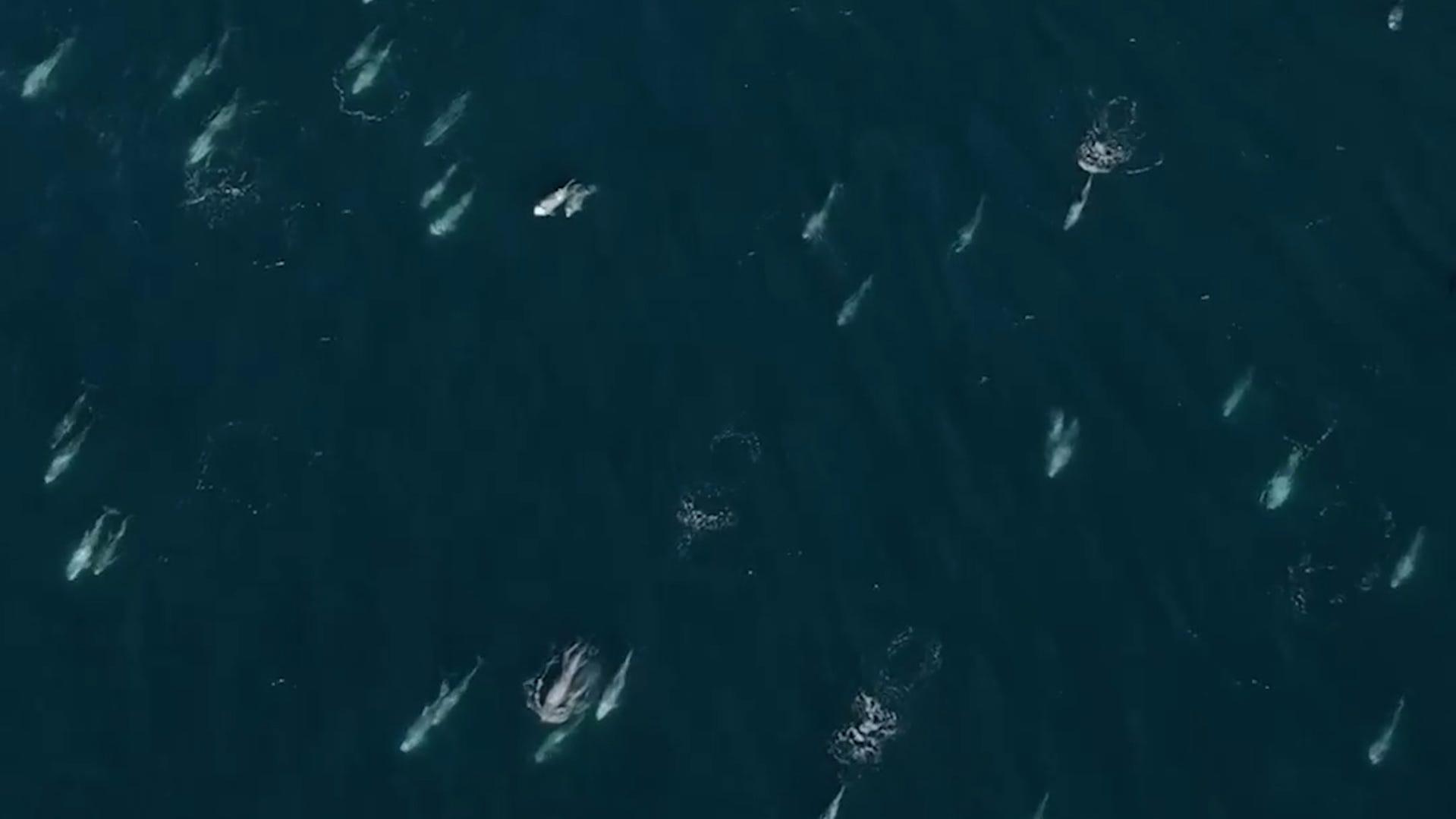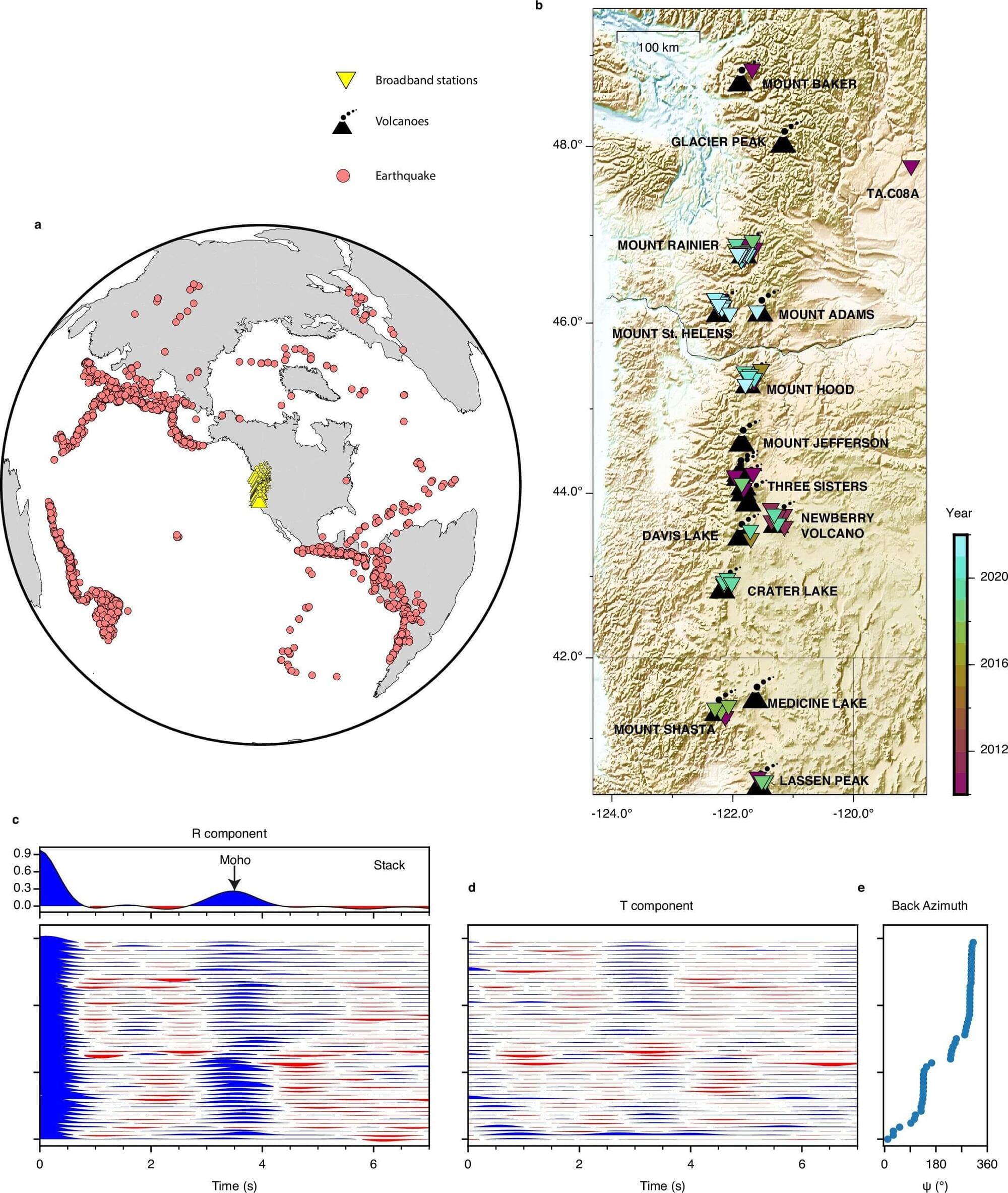A 2024 study is facing skepticism, so the people behind that study are diving back underwater.



Monterey Bay Whale Watch said on Facebook that their scouting boat spotted the dolphins when it went out to “perform a survey on the coast south of Monterey,” about a 120 miles southwest of San Francisco.
The tour agency said its team counted 33 gray whales, 1,500-plus Risso’s dolphins and three northern right whale dolphins as they undertook the 60-mile roundtrip from Monterey to Point Sur.

The default mode network (DMN) is implicated in cognition and behavior. Here, the authors show that the DMN is cytoarchitecturally heterogeneous, it contains regions receptive to input from the sensory cortex and a core relatively insulated from environmental input, and it uniquely balances its output across sensory hierarchies.


Babies are like little detectives, constantly piecing together clues about the world around them. If you’ve ever noticed your baby staring at you while you talk, it’s because they’re picking up on more than just sounds – they’re learning how those sounds are made.
Our recent study, published in Developmental Science, shows this amazing process starts as early as four months old, shaking up the old belief that babies learn these patterns only after tuning in to their native language between 6 and 12 months of age.
It also gives us an earlier window to help children who might be at risk of speech or language delays.

New Cornell University led-research challenges the long-standing belief that active volcanoes have large magma bodies that are expelled during eruptions and then dissipate over time as the volcanoes become dormant.
Researchers used seismic waves to identify magma chambers beneath the surface of six volcanoes of various sizes and dormancy within the Cascade Range, which includes half of the U.S. volcanoes designated by the U.S. Geological Survey as “very high threat.” The team found that all of the volcanoes, including dormant ones, have persistent and large magma bodies.
The study, led by postdoctoral researcher Guanning Pang, was published in Nature Geoscience and co-authored by Geoffrey Abers, professor in geological sciences.


Google announced that the Chrome Sync feature will be discontinued in early 2025 for Chrome versions older than four years.
When enabled, Chrome Sync keeps users’ bookmarks, passwords, history, open tabs, settings, preferences, and, sometimes, Google Pay payment information. It also automatically signs users into Gmail, YouTube, Search, and other Google services.
The move was announced on the company’s community website over the weekend via a locked post that doesn’t accept replies.

PORTLAND, Ore. (KOIN) – January 26 marked the 325th anniversary since the last earthquake struck the Cascadia Subduction Zone. Centuries later, the ancient quake has left clues for scientists to prepare for the next one.
The massive magnitude 9 quake stretched from Northern California to British Columbia, and sent a tsunami to Japan, researchers have found.
“The last Cascadia earthquake and tsunami occurred on January 26 in the year 1700 and it reached the shores of Oregon at approximately 9 p.m. The reason we can constrain it so tightly to that time of day even is in part because of Japan, who had very detailed records at that time of what they were experiencing on their coastline,” Laura Gabel, a geologist with the Oregon Department of Geology and Mineral Industries told KOIN 6 News Monday. “Also, Native American lore talked about the tsunami, the large shaking event and then water coming onshore.”
